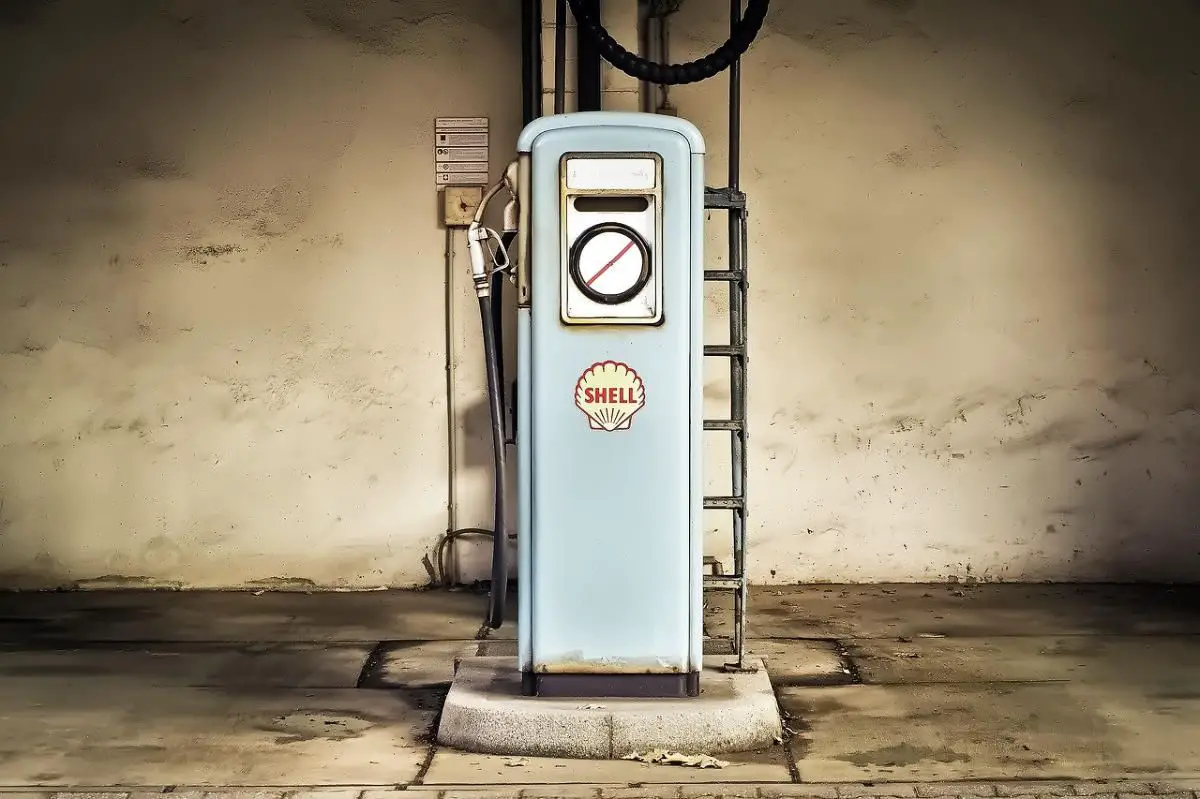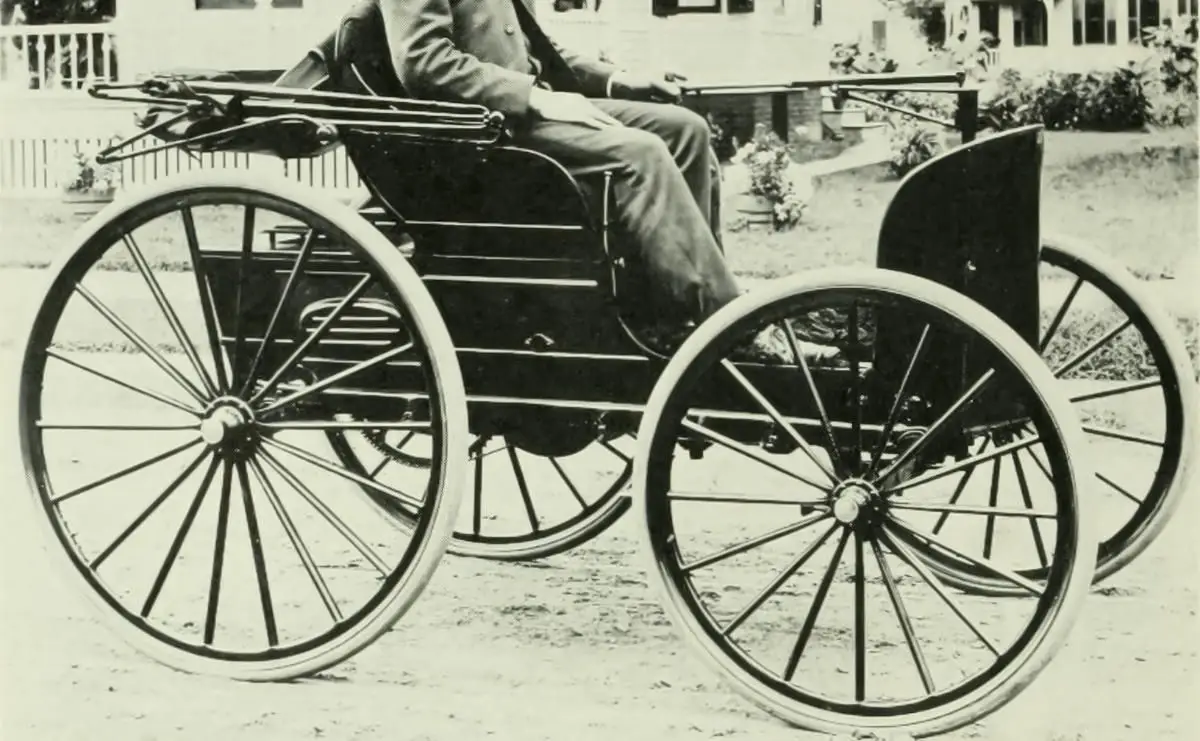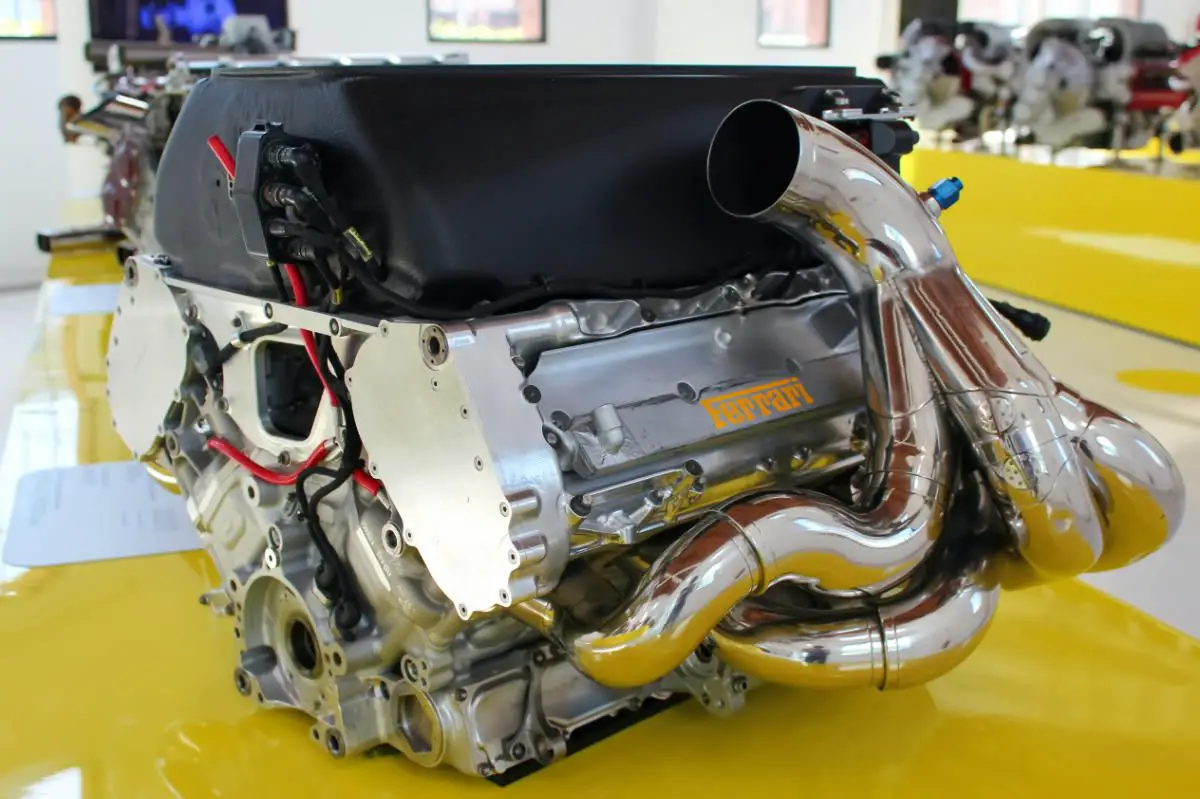The History of the First Gas Station and Its Impact on Transportation
The first gas station, also known as a filling station, played a significant role in the history of automobiles. Learn about the origins and evolution of the first gas station and its impact on modern transportation.
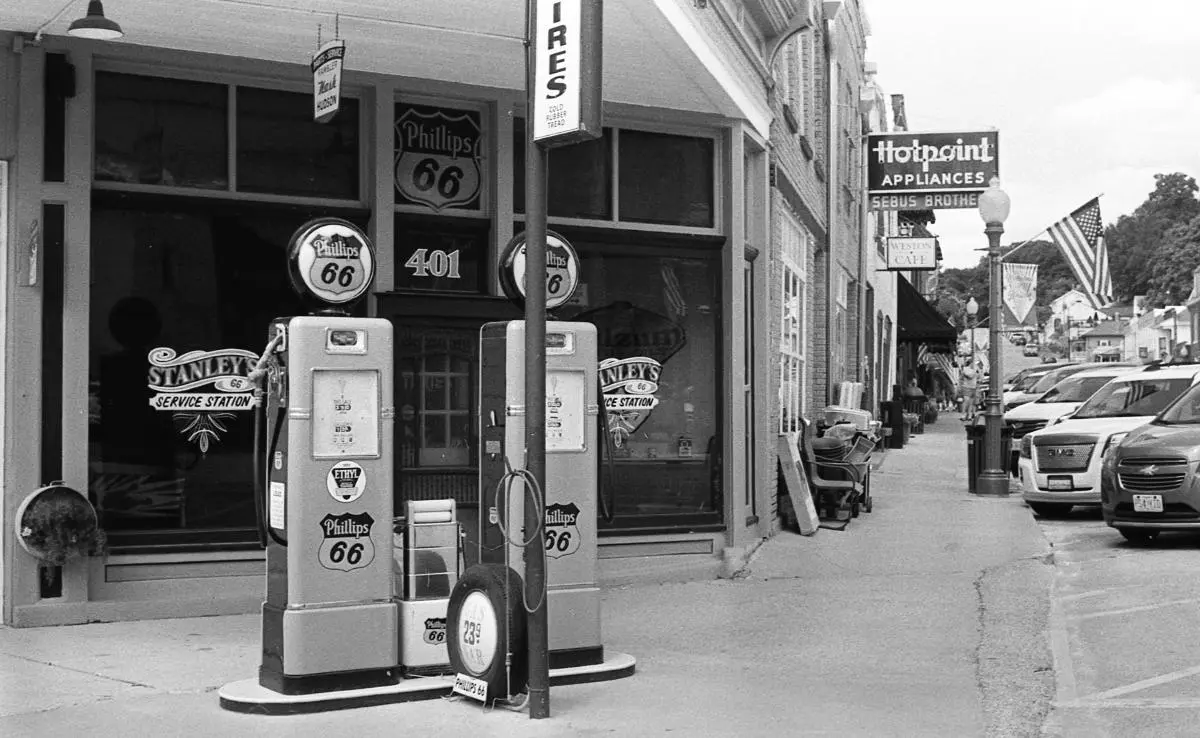
In the ever-evolving world of transportation, one monumental, but often overlooked invention paved the way for a new era: the first gas station.
With its humble beginnings, this seemingly unassuming establishment proved to be the catalyst that would help revolutionize how we travel and reshape history. From horse-drawn carriages to sleek automobiles, the gas station played a pivotal role in fueling our thirst for exploration.
Uncovering the significance of the first gas station takes us back to the late 19th and early 20th century, a time when automobiles were beginning to dominate the roads. This revolutionary concept not only provided a convenient place to refuel, but also laid the groundwork for the establishment of a nationwide network of service stations that would span across countries.
This article delves into the rich history of the first gas station, exploring its impact on transportation as well as its role in shaping the very fabric of our modern society. From its humble origins to its present-day evolution, we uncover the fascinating stories hidden behind these unassuming roadside icons.
So, fasten your seatbelts and join us on a journey through time as we unravel the significance of the first gas station in shaping transportation history.
The Significance of the First Gas Station in Transportation History
Gasoline-powered vehicles have become an integral part of our lives, but it wasn't always this way. In the late 19th century, automobiles were still a novelty, and the need for a reliable source of fuel was a rising. The first gas station or "filling stations" emerged as a solution to this problem.
Before the advent of the modern gas station we know today, automobile owners relied on a variety of makeshift methods to refuel their vehicles.
Some would buy gasoline from pharmacies. In fact, the first filling station is considered to be the city pharmacy in Wiesloch, Germany, where Bertha Benz filled the first car's tank on its inaugural journey from Mannheim to Pforzheim back in 1888. Pharmacies and hardware stores continued to offer engine fuels as a side business for a while.
However, these refueling methods were increasingly inconvenient. A need for a dedicated space for refueling, complete with safety measures in place were emerging.
This became very clear after Henry Ford began offering vehicles that the middle class could buy. The number of cars on the road expanded, as did the need for refueling stations. The first gas station designed specifically for that purpose was erected in 1905 in St. Louis, Missouri, at 420 South Theresa Avenue. Others believe that the first gas station opened in Seattle in 1907.
The establishment of the first gas station laid the foundation for a wide network of service stations. As the popularity of automobiles grew, so did the demand for convenient refueling options.
Gas stations began popping up across the country, ensuring that drivers had easy access to fuel wherever they traveled. This network of service stations not only fueled the growth of the automobile industry but also facilitated the expansion of transportation infrastructure, connecting even the most remote corners of the nation.
The Rise of Automobiles and the Need for Fueling Stations
As mentioned above, the early 20th century witnessed a rapid rise in the popularity of automobiles, in part thanks to the Ford Model T. The mass production of vehicles, coupled with advancements in technology, made owning a car more accessible than ever before. As more individuals embraced this newfound freedom of mobility, the need for reliable and convenient refueling options became evident.
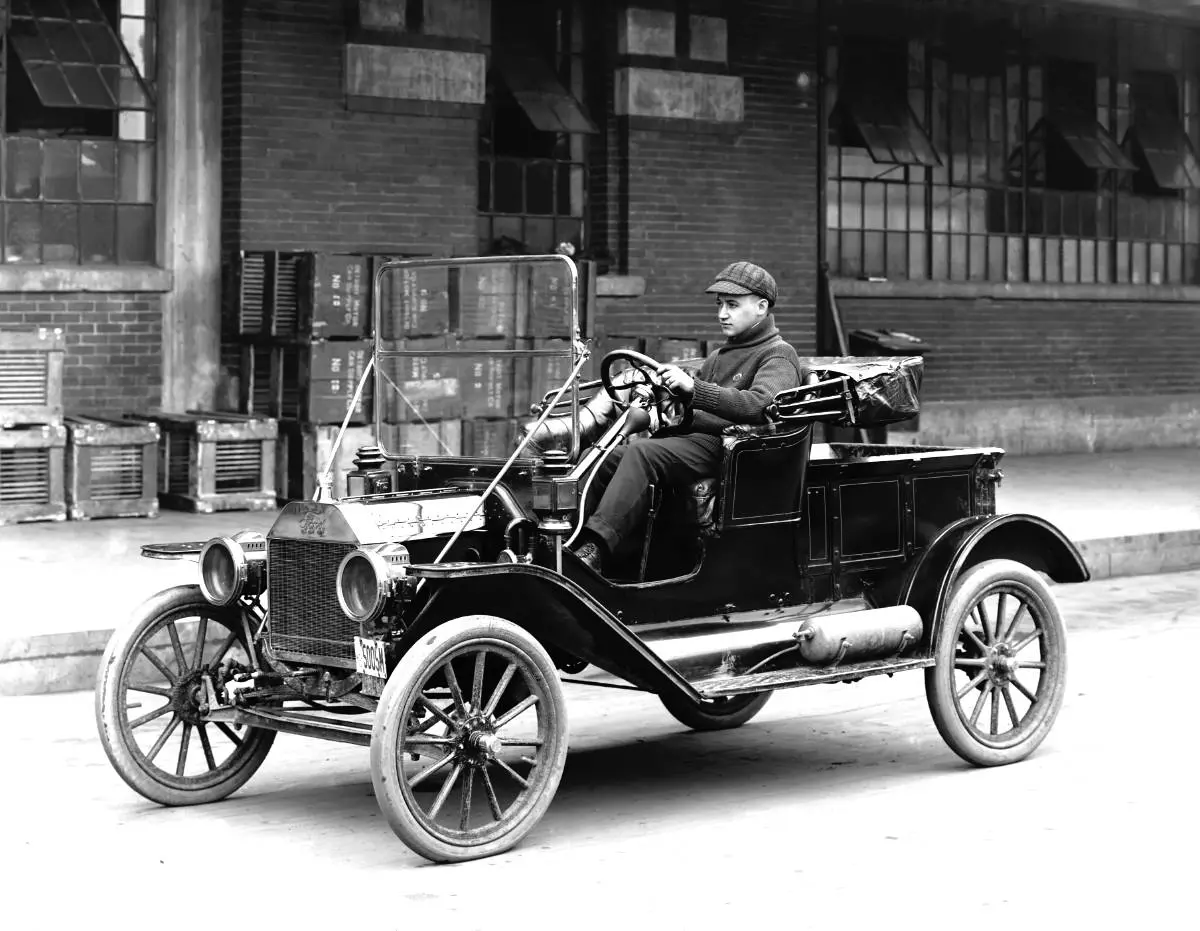
Prior to the first gas station, automobile owners faced numerous challenges when it came to refueling their vehicles. Gasoline was not readily available, and sourcing it required more effort. In some cases, people had to carry gasoline cans with them on long journeys, adding an additional burden to their travels.
The lack of a standardized refueling process also posed safety hazards. Without proper safety precautions, accidents were common, resulting in injuries and property damage. The first gas station addressed these concerns by providing a designated space for refueling, equipped with safety measures such as pumps and storage tanks.
The Birth of the First Gas Station and Its Impact on Society
The city pharmacy in Wiesloch, Germany was the first known gas filling station, but it wasn't a purpose-built one, and acted mostly as a pharmacy.
As mentioned above, the first purpose-built gas station opened its doors in St. Louis, Missouri, in 1905. This pioneering establishment marked a turning point in transportation history. This filling station set the precedent for what would become a ubiquitous presence on roadsides across the nation.
The impact of the first gas stations went beyond providing a convenient refueling option. It also had profound economic implications. The presence of a gas station attracted other businesses, such as repair shops and restaurants, creating a thriving ecosystem around these refueling hubs. Additionally, gas stations provided employment opportunities, contributing to local economies and the overall growth of communities.
The first gas station also played a significant role in shaping social dynamics. As the popularity of automobiles grew, gas stations became gathering places where people would meet, socialize, and exchange information. These roadside landmarks became symbols of progress and modernity, reflecting the changing face of society.
The Evolution of Gas Stations and Their Role in Shaping Transportation Infrastructure
From their humble beginnings, gas stations have undergone a remarkable evolution. As the automobile industry flourished, so did the design and functionality of these refueling hubs. Gas stations began to incorporate innovative features to cater to the needs of drivers, leading to the establishment of various service offerings.
In the United States, there were more than 143,000 gas filling stations by 1929. This number increased to 170,000 by 1933.
An evolution came in 1947 when Frank Urich established the first self-service station in the country in Los Angeles. Here, a mechanical computer managed the fuel pumps. For each customer, the attendant manually reset the pump to zero, took their payment, and issued change. The customers would handle their own gas pumping.
The introduction of self-service pumps in 1947 revolutionized the refueling process. This shift not only allowed drivers to save time but also resulted in cost savings for both consumers and gas station owners. Self-service stations became more and more common, gradually replacing some full-service stations.
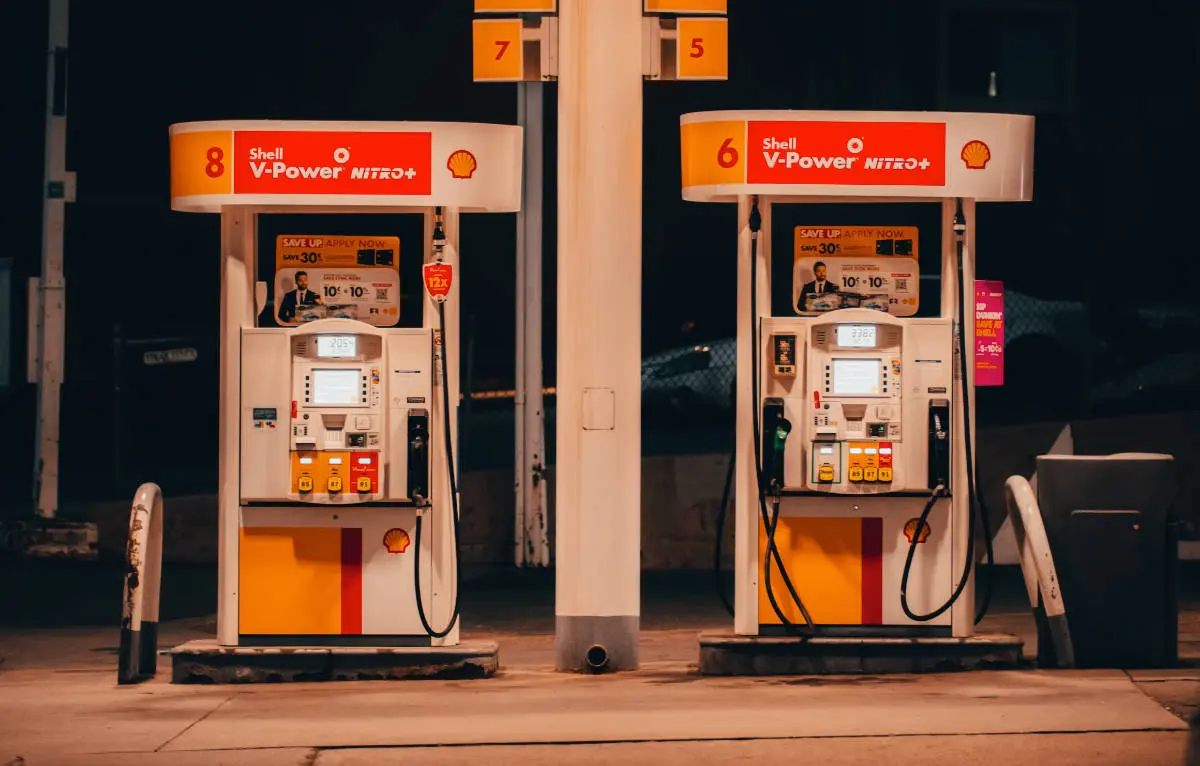
In recent decades, gas stations have expanded their offerings beyond just fuel. Many now provide convenience stores, car wash facilities, and, more recently, even electric vehicle charging options. This diversification reflects the changing needs and preferences of consumers, while also ensuring the continued relevance of gas stations in an evolving transportation landscape.
Innovations and Advancements in Gas Station Design and Technology
Gas station design has come a long way since the early days of the pharmacy in Wiesloch, Germany and the filling station in St. Louis. Today, gas stations boast sleek and modern architecture, sometimes even incorporating environmentally friendly features. These advancements not only enhance the visual appeal of gas stations but also contribute to sustainability efforts.
Technological advancements have transformed the refueling experience. Pay-at-the-pump systems allow customers to conveniently pay for their fuel without having to enter the store, saving time and improving efficiency. Moreover, the introduction of loyalty programs and mobile apps has enhanced customer engagement and loyalty, creating a more personalized experience.
Another notable innovation in gas station design is the integration of solar panels. By harnessing solar energy, some gas stations have reduced their reliance on traditional power sources, lowering their carbon footprint. Additionally, the use of LED lighting and energy-efficient equipment further enhances the sustainability of gas stations.
The Role of Gas Stations in Fueling the Economy
Gas stations have long been recognized as vital contributors to the economy. Their presence supports various industries, creating a ripple effect that extends beyond the realm of transportation. The revenue generated by gas stations fuels not only the automobile industry but also the oil and gas sector.
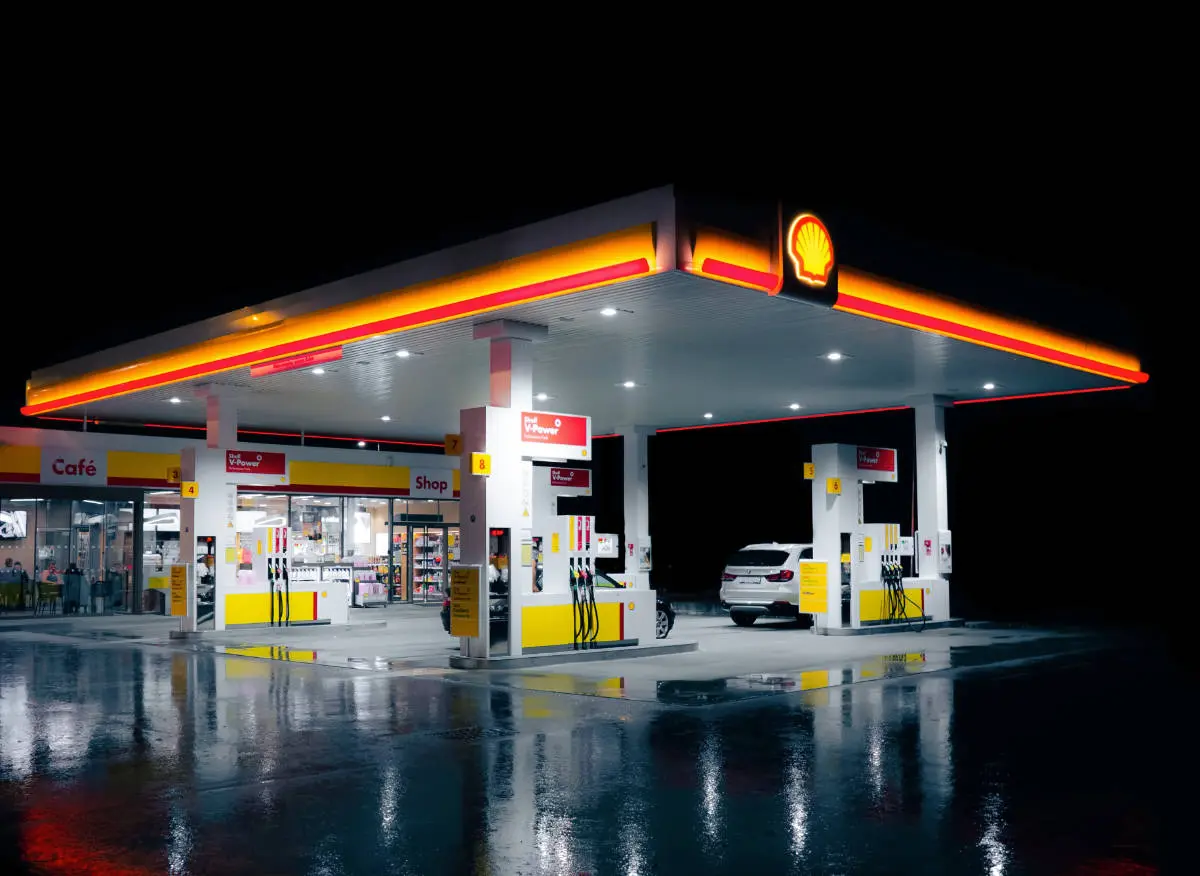
Furthermore, gas stations provide employment opportunities, ranging from attendants and cashiers to mechanics and managers. These jobs support local economies and provide individuals with a means of livelihood. Additionally, gas stations contribute to tax revenues, which help fund public infrastructure and services.
And since there is more than 145,000 gas stations in the United States alone, these economic factors should not be overlooked.
The economic impact of gas stations extends beyond their immediate vicinity. Travelers, whether locals or tourists, rely on gas stations for their refueling needs, injecting revenue into different regions. This economic boost has a multiplier effect, benefiting various businesses in the surrounding areas.
The Cultural Impact of Gas Stations on American Society
Gas stations have become ingrained in the cultural fabric of American society. They hold a nostalgic charm, evoking memories of cross-country road trips, family vacations, and the open road. Gas stations have been immortalized in literature, art, and cinema, serving as iconic symbols of American culture. The iconic Route 66 is an ultimate example of this.
These roadside landmarks have also played significant roles in shaping popular culture. From classic American diners to retro signage, gas stations have inspired architectural trends and design aesthetics. Their distinctive features have been incorporated into various creative endeavors, forever imprinting their image in the collective consciousness.
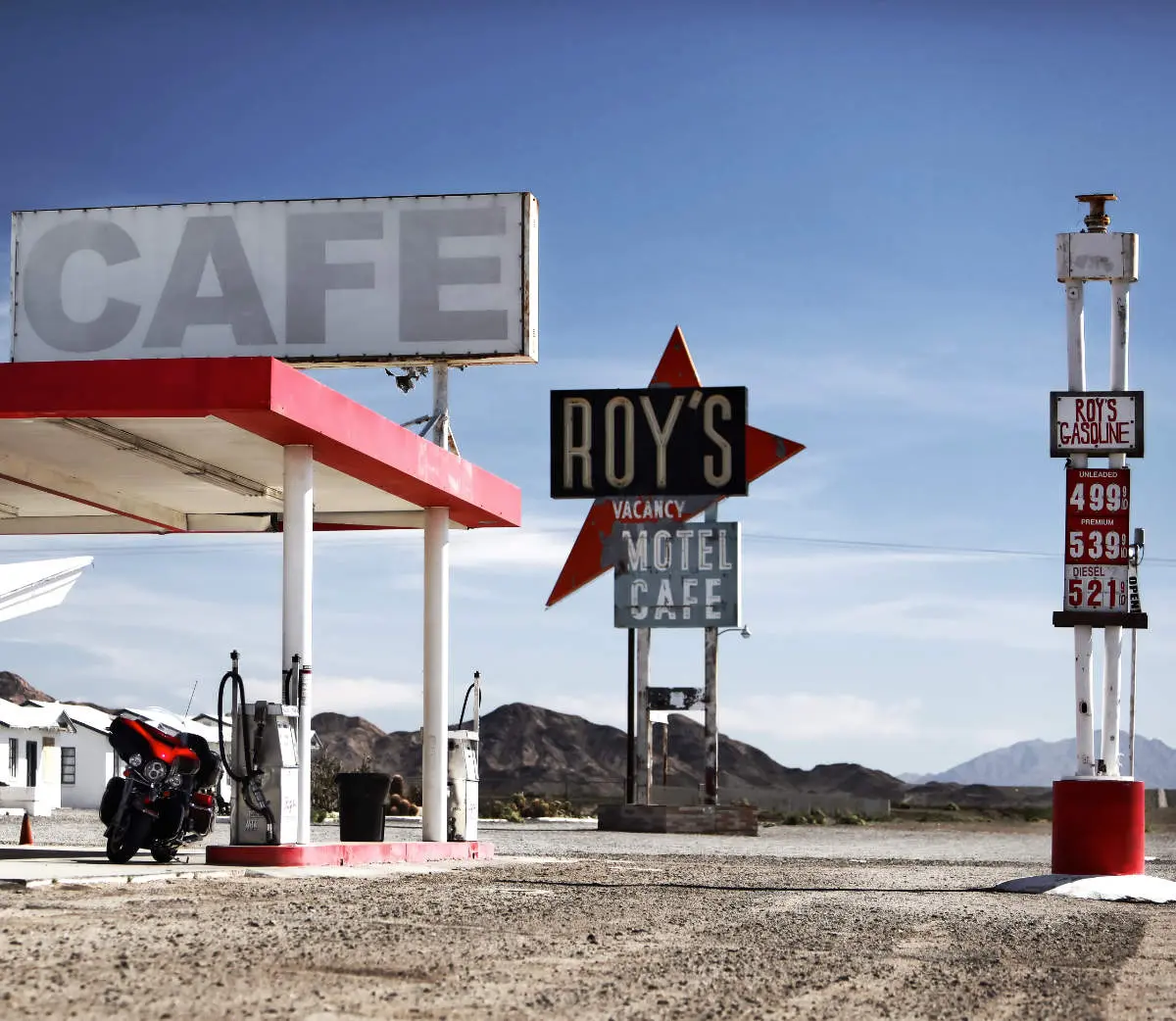
Moreover, gas stations have become meeting places, where people from different walks of life converge. They serve as a melting pot of social interaction, fostering connections and shared experiences. Gas stations have witnessed countless stories, from chance encounters to perhaps life-changing moments, making them an integral part of the American cultural landscape.
The Future of Gas Stations in the Era of Electric Vehicles
The automobile industry is moving away from fossil fuels to electricity. As the world shifts towards sustainable transportation, the role of gas stations is undergoing a transformation. With the rise of electric vehicles (EVs), the traditional gas station model is being challenged. However, this shift presents new opportunities for gas stations to adapt and remain relevant in the evolving EV landscape.
Gas stations are increasingly incorporating EV charging stations into their infrastructure, catering to the growing demand for electric vehicles. This diversification allows traditonal gas stations to serve a wider customer base, providing a seamless transition for drivers who are making the switch from gasoline-powered vehicles to EVs.
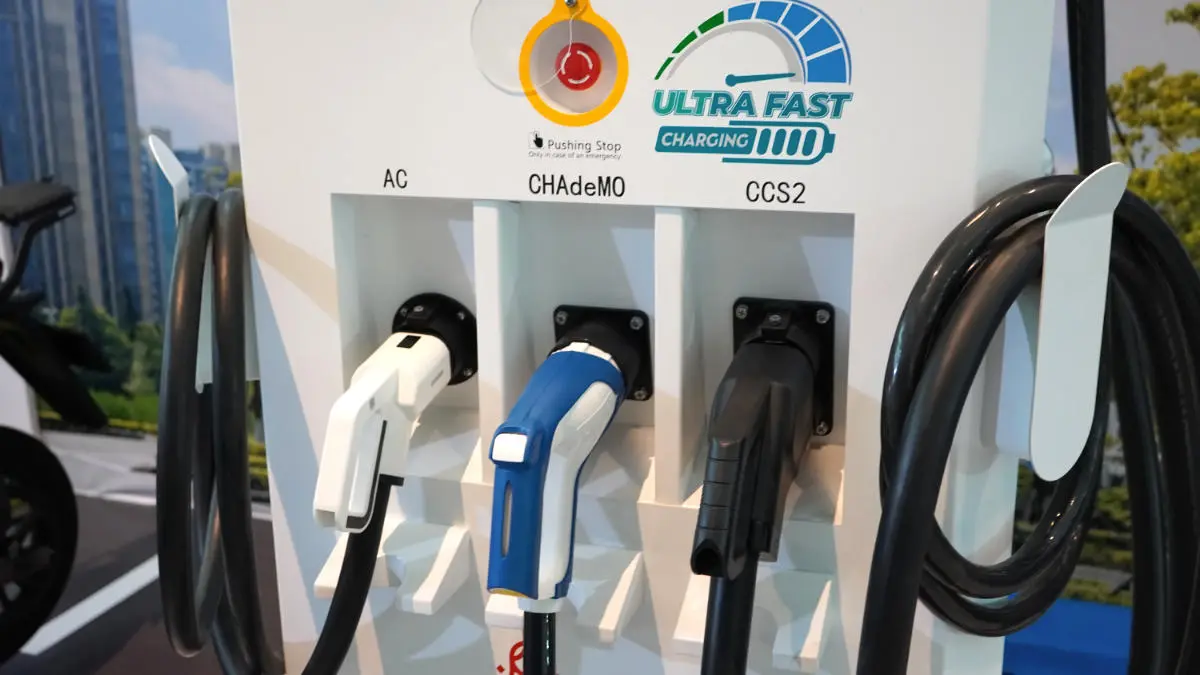
Furthermore, gas stations can leverage their existing network and infrastructure to support the growth of EV charging infrastructure. With their prime roadside locations and established customer base, gas stations are well-positioned to become charging hubs, ensuring convenient access to charging facilities for EV owners.
In short, the gas stations have already shown their worth and they are located in places where they are needed. The switch to electric cars is unlikely to change that.
Conclusion: The Lasting Legacy of the First Gas Station
From its modest beginnings in Wiesloch, Germany in 1888 and St. Louis, Missouri in 1905, the first gas station has left an indelible mark on transportation history. Its significance goes beyond providing a place to refuel; it has helped shaped the very fabric of our modern society. Gas stations have become iconic symbols of progress, mobility, and culture.
As we navigate an era of evolving transportation technologies, gas stations continue to evolve to meet the needs of an ever-changing landscape. From their design and technology to their role in fueling the economy, gas stations remain an integral part of our infrastructure and our lives.
So, the next time you pull into a gas station to refuel your vehicle, take a moment to appreciate the rich history and significance behind these unassuming roadside icons. They represent more than just a pit stop; they represent a fueling of progress, a gateway to new horizons, and a testament to human ingenuity.
